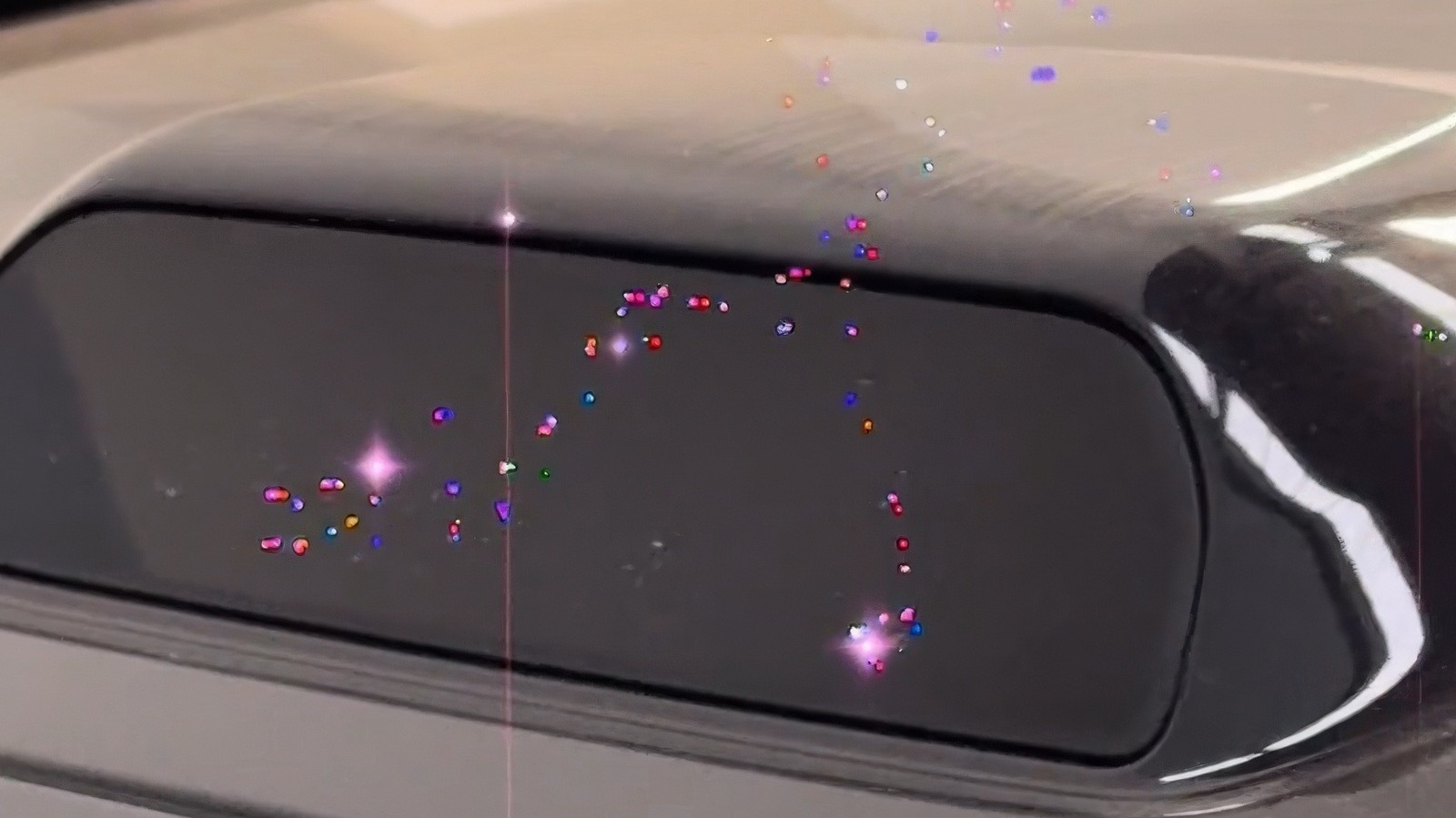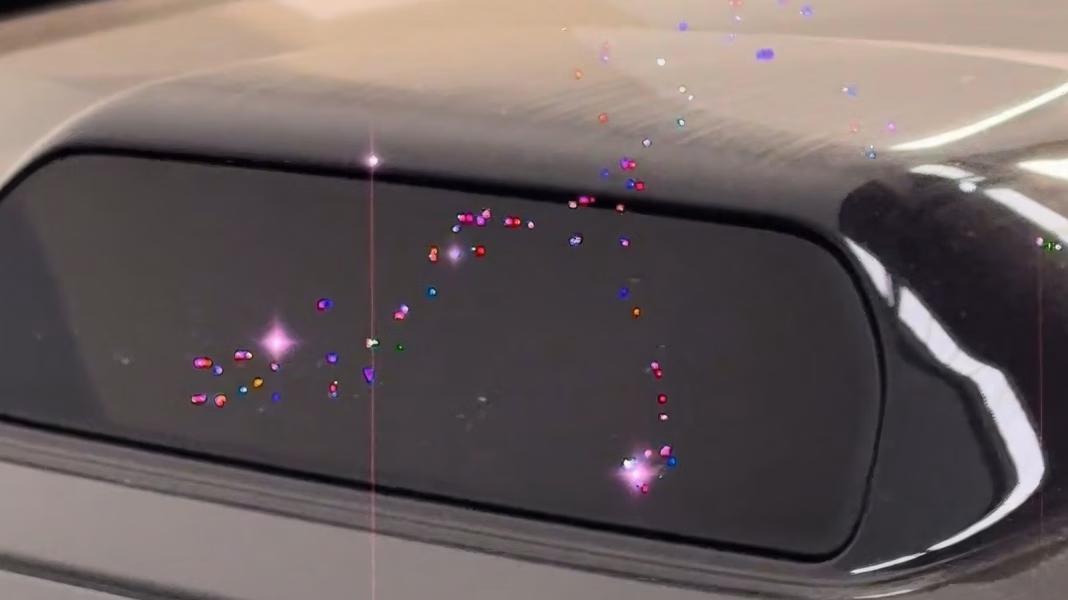Ever had that moment when you realize you’ve been looking at something way too bright? Like staring directly into the Sun? That’s the kind of caution we need to exercise when it comes to certain technologies, especially LiDAR. This cutting-edge tech, which stands for Light Detection and Ranging, has been making waves in various fields, from autonomous vehicles to topographical mapping. But here’s the kicker: it can also be harmful to your smartphone’s camera. Let’s dive into why this is a concern and what you can do about it.
What Exactly is LiDAR and Why is it Important?
LiDAR uses laser light to measure distances and create precise, three-dimensional information about the physical characteristics of the Earth and its surface. It’s like a superpowered radar that can capture details in ways traditional methods can’t. This technology is pivotal in industries like agriculture, forestry, and urban planning, helping professionals make informed decisions based on accurate data.
But while LiDAR is revolutionizing how we gather information, it’s essential to understand its potential downsides, especially for everyday users who might not even realize they’re at risk.
How Can LiDAR Damage Your Phone’s Camera?
Imagine this: you’re out and about, excited to capture the perfect shot with your smartphone. You whip out your phone, and suddenly, a LiDAR-equipped device is nearby, firing off laser beams. These beams are incredibly powerful and, if your camera is exposed to them for too long, they can cause permanent damage.
The intensity of LiDAR beams can overwhelm the sensitive sensors in your phone’s camera, leading to issues like reduced image quality or even complete malfunction. It’s a bit like exposing your eyes to a bright light for too long—eventually, it can hurt.
Real-World Examples of LiDAR Mishaps
There have been instances where users have reported issues after being in close proximity to LiDAR systems. For example, some photographers have found their cameras malfunctioning after a day spent near construction sites where LiDAR is being used for surveying. It’s a stark reminder that while we embrace new technologies, we also need to be aware of their implications on our everyday devices.
What Can You Do to Protect Your Phone?
So, what’s the takeaway here? First, it’s crucial to be mindful of your surroundings, especially in areas where LiDAR technology is being employed. If you see equipment that looks like it’s scanning or mapping the area, it’s best to keep your phone at a safe distance.
Additionally, consider investing in protective gear for your phone. Screen protectors or cases designed to shield your device from extreme conditions can be a smart move. While they might not completely eliminate the risk, they can certainly help mitigate potential damage.
The big takeaway? LiDAR isn’t about perfection—it’s about smarter adjustments. Start with one change this week, and you’ll likely spot the difference by month’s end. Whether it’s being more aware of your environment or taking steps to protect your tech, a little caution can go a long way.


